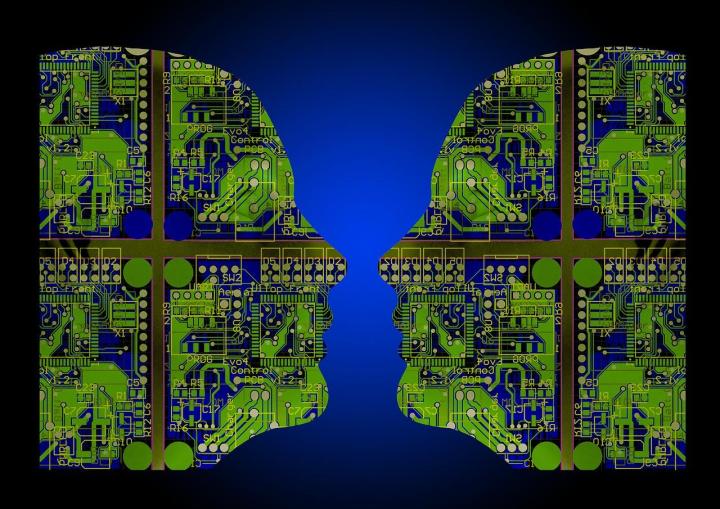
Hawkins spent time creating a theory to explain the inner workings of the human brain, and then applied the concepts to a software blueprint. His algorithms operate in a network, aimed at recreating the behavior of repeating circuits of about 100 neurons in the brain. These neurons can be found on the outer layer of the brain in the neocortex.
“Our goal is not to be biologically inspired; I want to re-create exactly,” Hawkins told the news source. “This is how you would really build a machine intelligence.”
IBM’s 100-person research team has already started using the algorithms to analyze satellite imagery of crops and spot malfunctioning field machinery. Veteran Researcher Winfried Wilcke is leading the team, and he has praised Numenta’s software in the past. The project is known internally as the Cortical Learning Center.
Wilcke has described plans to create a computer that’s a physical re-creation of the Numenta algorithms. It would involve stacking multiple silicon wafers on top of each other with physical connections between them, mimicking the networks described in the algorithms.
However, not everyone is convinced of Hawkins’ work. For instance, Geometric Intelligence Founder Gary Marcus believes that the algorithms are too simplified. He also argues that the algorithms only mimic some of the known mechanisms of the brain.
In any case, Numenta’s staff is still focused on perfecting the algorithms created by Hawkins. They are currently teaching the software to control physical equipment, which could make it useful in robotics.
Hawkins and his team believe they are building an intellectual property base for the next 30 years of computing. Only time will tell whether Hawkins’ work will continue to make strides in the world of artificial intelligence.


